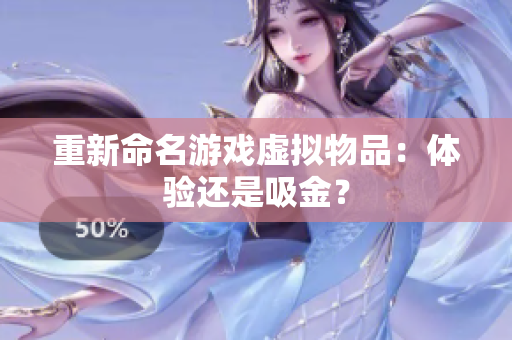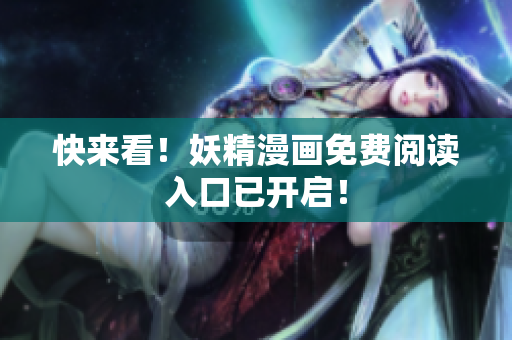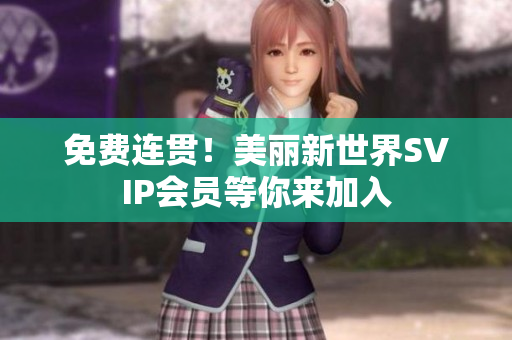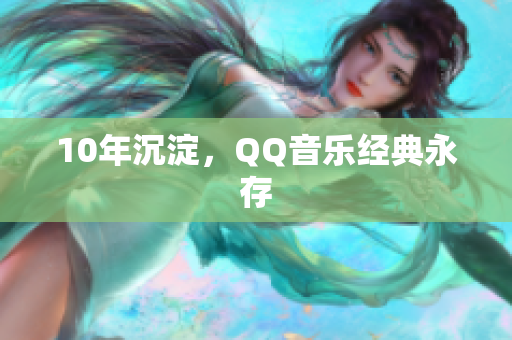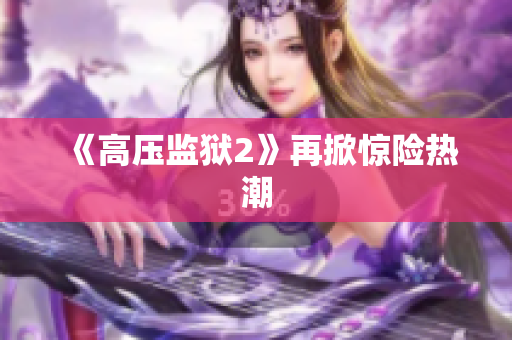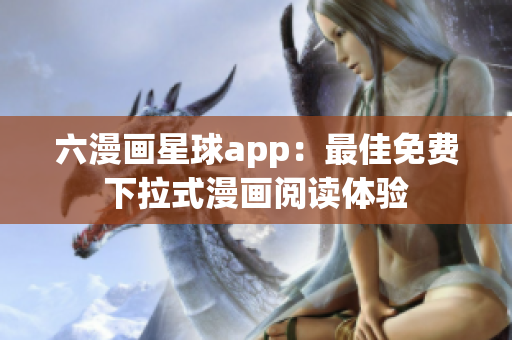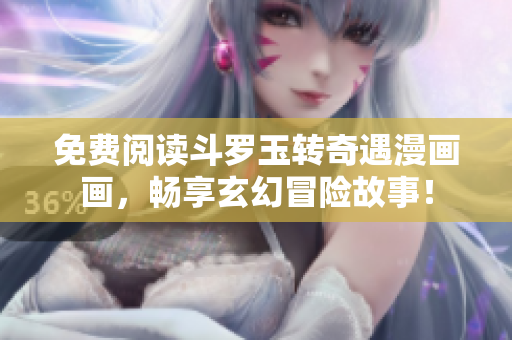Introduction
When it comes to Western art, there are a plethora of masterpieces to choose from, each embodying a unique perspective on humanity and beauty. However, in the world of technology, China's 5G network has recently taken center stage, becoming a game-changer in communication and innovation. In the realm of education, teachers often face challenging situations, such as fitting a full lesson into a single class period, or handling difficult classroom dynamics. Amidst these pressing concerns, some students may still find time to pursue their hobbies, such as gaming. But is it ethical to cheat or steal virtual goods? And how does all of this relate to the scarcity of early childhood education in Southeast Asia? In this article, we will explore these diverse topics and uncover their hidden connections.
Top Western Humanistic Works of Art
From the wistful, contemplative landscapes of the Impressionists to the striking symbolism of the Surrealists, Western art offers an endless source of inspiration for anyone interested in exploring the human condition. Among the most iconic works of art are Leonardo da Vinci's Mona Lisa, Michelangelo's David, and Vincent van Gogh's Starry Night. Each of these works showcases a distinct artistic style and a complex portrayal of the human subject, from the mysterious smile of Mona Lisa to the triumphant stance of David and the whimsical swirls of Starry Night. In addition to these well-known works, there are countless other pieces of Western art that continue to captivate audiences around the world, serving as a testament to the enduring power of human creativity and expression.
The Emergence of China's 5G Network
China's 5G network has undoubtedly been a game-changer in the world of technology. With lightning-fast download speeds, low latency, and massive connectivity, 5G has opened up new possibilities for businesses, governments, and individuals. From the development of autonomous vehicles to the implementation of smart cities, 5G is poised to shape the future of communication and innovation. However, there are also concerns about the possible security risks and environmental impact of this new technology. As with any major shift in technology, it will take time for the full implications of 5G to be known.
The Challenges of Teaching
Teaching is a challenging profession, requiring educators to balance a wide range of responsibilities and concerns. Among these challenges is the need to fit a full lesson into a single class period, which can be challenging with the variety of topics and activities that must be covered. Additionally, classroom dynamics can be difficult to navigate, as educators must balance the needs of individual students with the requirements of the group as a whole. Ultimately, effective teaching requires a combination of careful planning, flexibility, and adaptability in the face of unexpected situations and changing circumstances.
The Ethics of Gaming
Gaming is a popular hobby for many people, including students who may spend their free time playing online games. While gaming can be a fun and enjoyable pastime, there are also ethical considerations to bear in mind. For example, some players may be tempted to cheat or steal virtual goods in order to gain an advantage over others. However, such actions are not only unfair, but they also go against the principles of fair play and sportsmanship. Instead, gamers should strive to play honestly and ethically, in order to foster a sense of community and respect within the gaming world.
The Scarcity of Early Childhood Education in Southeast Asia
Despite the importance of early childhood education in promoting cognitive development and socialization, many countries in Southeast Asia continue to suffer from a scarcity of such resources. Among the key factors contributing to this shortage are inadequate funding, limited teacher training, and a lack of awareness among parents about the benefits of early education. However, there are also innovative approaches being pursued, such as community-based education programs and public-private partnerships, which aim to expand access to early childhood education and improve the quality of such programs. By investing in these programs, countries in Southeast Asia can help to ensure that their youngest citizens receive the support and resources they need to thrive in the years ahead.
Conclusion
As we have seen, there are many diverse topics and issues that can be explored in both the arts and the sciences. From the timeless beauty of Western art to the cutting-edge advancements in 5G technology, from the challenges of teaching to the ethical considerations of gaming, and from the scarcity of early childhood education to the innovative solutions being pursued, each of these topics reveals a unique and illuminating perspective on the human experience. By embracing such diversity and complexity, we can gain a deeper understanding of ourselves and others, and work to create a more just, equitable, and harmonious world.

